
- Ningxia irrigation from the Yellow River began in the Qin Dynasty and flourished in the Han Dynasty.
The Ningxia Yinhuang Ancient Irrigation District is one of the oldest and largest irrigation districts in China. It has a history of more than 2,000 years. Existing ancient canals such as Qin Canal, Han Canal, Han Yan Canal, and Tang Lai Canal are still playing a role in irrigating good fields. This is the first world irrigation project heritage on the main road in the Yellow River Basin in China.

Beginning in Qin Sheng and Han Dynasty
The history of Ningxia Yellow River irrigation started in the Qin Dynasty and flourished in the Han Dynasty. Twelve ancient diversion channels, including the Qinqu and Hanqu, have played a role of flowing and fertile soil after more than 2000 years. At present, the Ningxia Plain canal is criss-crossed. The canal has a total length of 1284 kilometers and the irrigation area of the river can be 5.51 million mu.

Three-quarters of the Ningxia Plain is run by the Yellow River
When you open the topographic map of the Ningxia Plain, you will find the Ningxia Plain with a total area of about 8,000 square kilometers, of which about 6,000 square kilometers are all Yellow River Irrigation Districts, which account for three-quarters of the area of the Ningxia Plain. The water that brought the Yellow River to the Ningxia Plain was an ancient canal. Experts and scholars acknowledge that Ningxia has a history of irrigating the Yellow River for more than 2,000 years.

Ningxia's Yellow River Irrigation is inseparable from immigration border. Ningxia immigrants began in the Qin Dynasty and flourished in the Han Dynasty. Therefore, experts have two opinions about Ningxia's Yellow River Irrigation, one was when Qin Shihuang was first, and the other was when Emperor Wu of the Han Dynasty.
Ancient canals create Jiangnan
Ningxia, with the reputation of "Shangjiangjiang", is a fascinating place, and it is the rivers and canals that make this beautiful, of which the Tanglai Canal is one of the major projects. According to research, Tang Laiqu was formed as early as the Han Dynasty, but Tang Laiqu really grew and became the main canal on the Ningxia Plain, or in the Tang Dynasty. After various generations of renovation, the canal opened next to Qingtong Gorge, flowed northward through counties and cities such as Qingtong Gorge, Yongning, Yinchuan, Helan, and ended in Pingluo County. It has a total length of about 322 kilometers and more than 500 channels. , 900,000 acres of irrigation fields, ranking the first of the 14 canals in the Yinchuan Plain.

Wu Zhongli has detailed research in his book "Ningxia Irrigation of Diverting Water from the Yellow River", and before and after, Han Canal, Hu Canal, Baijia Canal, Seventh Canal, Shangshu Canal, and Aishan Canal were all restored. The renovation and excavation of the channel has expanded the area of irrigation fields. Only the Han Canal, Aishan Canal, Yushi Canal, Guanglu Canal, and Special Access Canal can irrigate more than 3,700 hectares. The Ningxia Plain has since then "plugged the river south" Reputation.
During the period of Emperor Hanwu, Ningxia's irrigation from the Yellow River had both information and archaeological evidence. The ancient canals such as Guanglu Canal, Seventh Canal, Han Canal (Hanbo Canal), Shangshu Canal, Yushi Canal, Gao Canal, as well as Hanyan Canal and Tanglai Canal that are still in use today. The excavation was carried out in the Western Han Dynasty, but the facilities were simple and small in scale when it was first built.

As can be seen on a topographic map of the Hanyan Canal Management Office, as one of the oldest trunk canals, the aerial surveyed arable land area of the Hanyan Canal Irrigation Area today is about 540,000 mu, and the agricultural population of the irrigation area is nearly 160,000. By 2004, the total annual output of grain in the irrigation areas is about 250 million kilograms, which is an important high-quality grain production base.

There are peaks and continuations
On the bank of Tanglai Canal in Yinchuan, there is a statue of more than 2 meters high, which is a water conservancy expert Guo Shoujing.

In the early years of the Yuan Dynasty, the Ningxia Irrigation District diverted from the Yellow River showed a bleak picture of "desolation of ancient canals, shallow silt", "desolate fields, and life coated with charcoal." In 1264, Guo Shoujing followed Zhongshu Zuo Zhang Wenqian to inspect Ningxia. After seeing this scene, he was determined to excavate and destroy the shallow irrigation channel. After several years, 12 main canals were repaired and dredged, and more than 90,000 hectares of land were restored for irrigation. The dam gate along the river channel repaired this time was of fine design and solid quality, and continued to be used until the middle of the Ming Dynasty. Today, the Ningxia Yellow River Irrigation District is still widely used to reduce water consumption by sluices.
During the Ming and Qing Dynasties, the rulers paid more attention to the Ningxia Hetao region, which has the advantages of river channels. Ningxia's Yellow River Irrigation has also reached its peak, forming five major canals in Hexi that are collectively known as Daqing, Huinong, Changrun, Tanglai, and Hanyan.

In October 2017, at the Executive Committee of the International Irrigation and Drainage Committee held in Mexico, the Ningxia Irrigation District of the Yellow River was officially awarded the World Heritage of Irrigation Engineering. Features and industry characteristics of Ningxia Water Conservancy Development. Editor / Zhao Yongjing
Comment
 Praise
Praise
 Collect
Collect
 Comment
Comment
 Search
Search


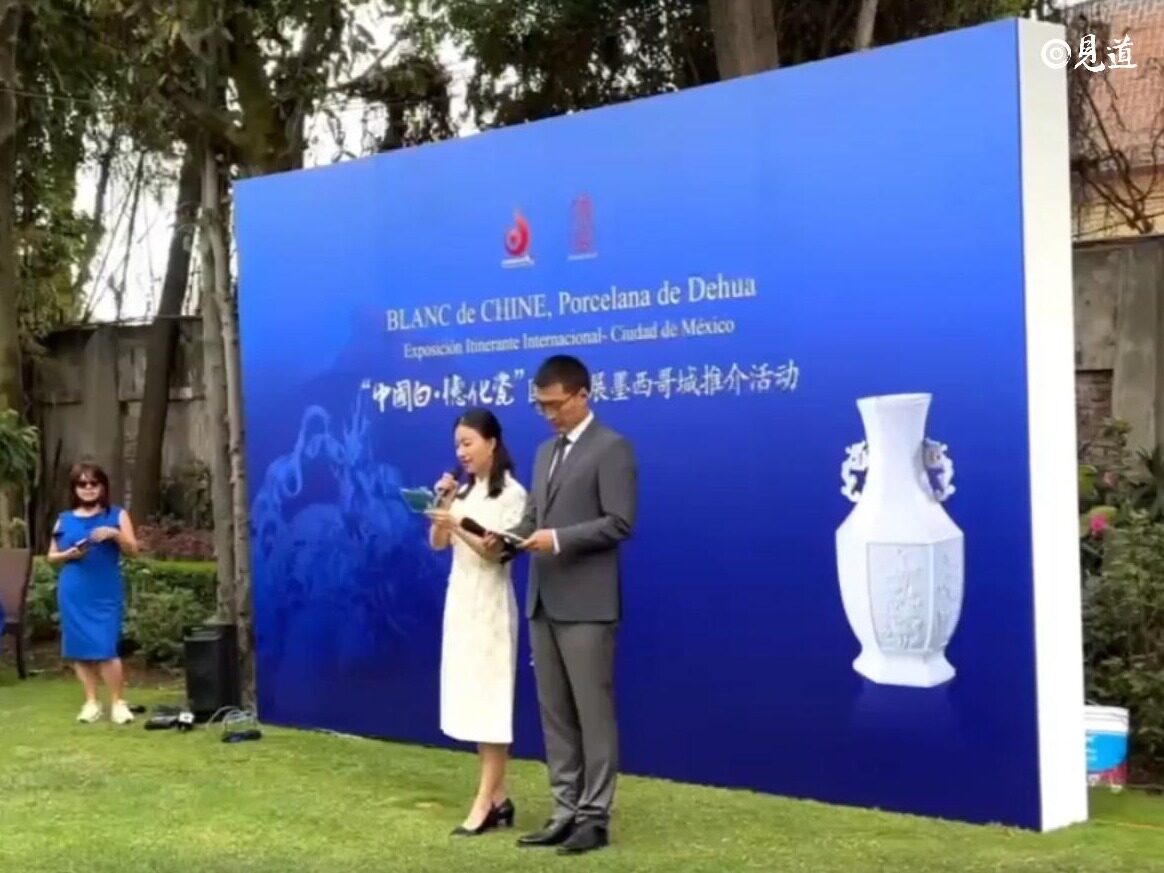
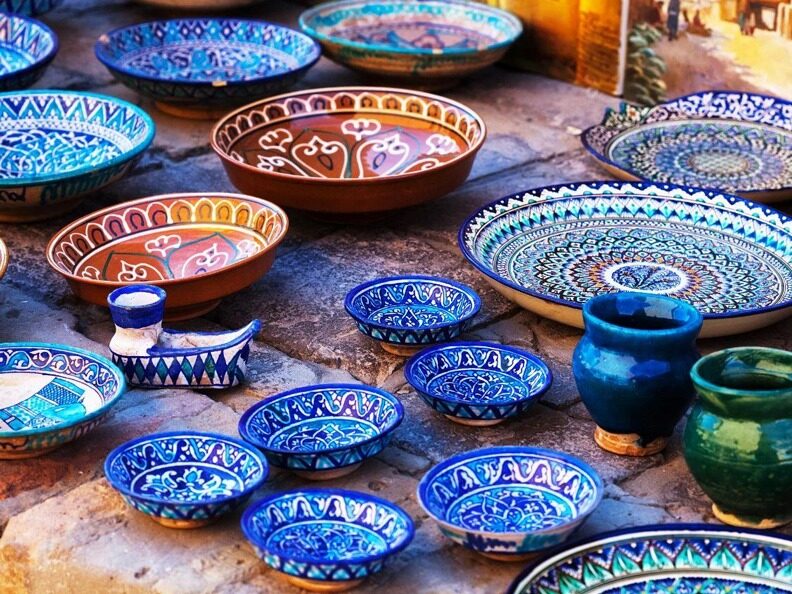
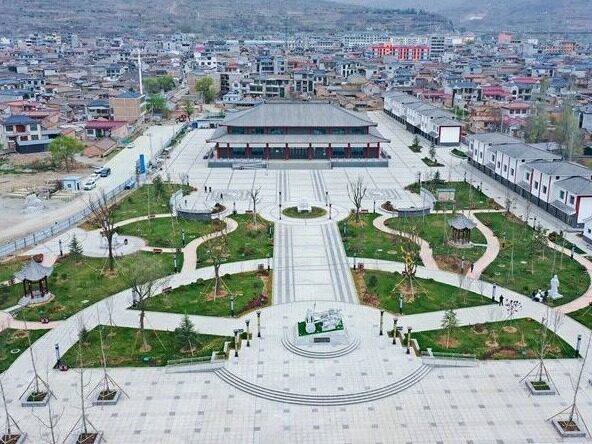
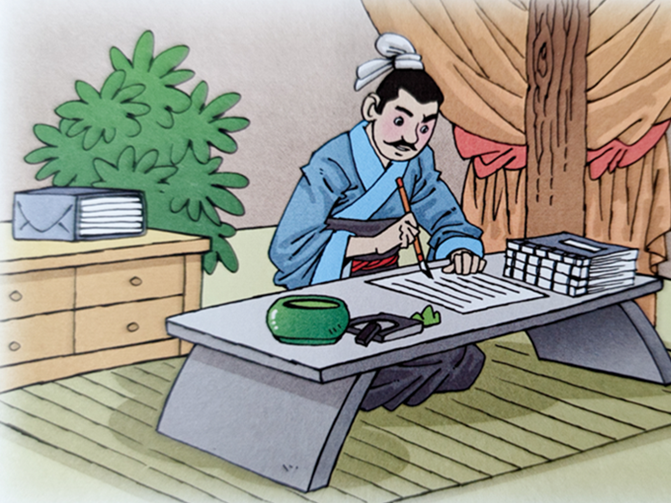
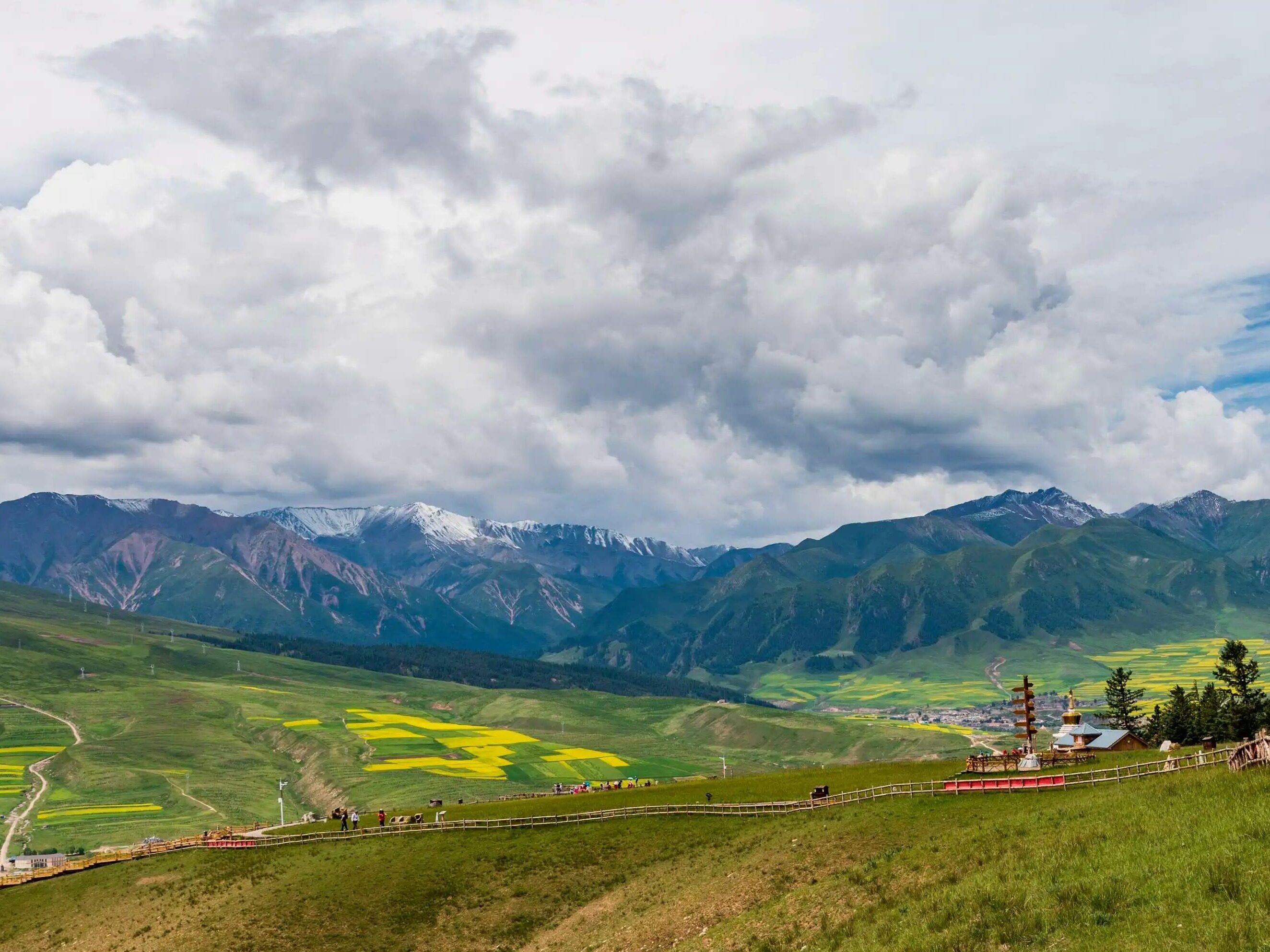
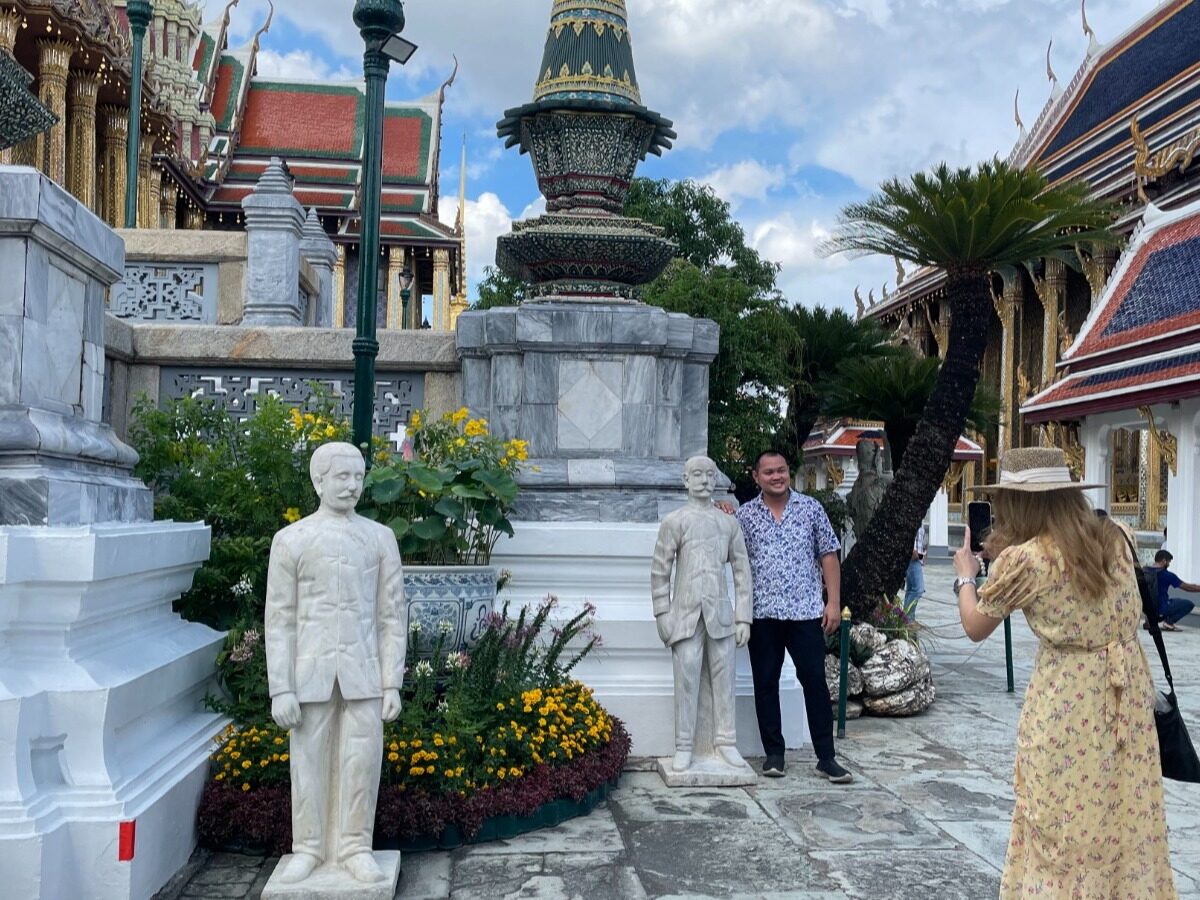






Write something~